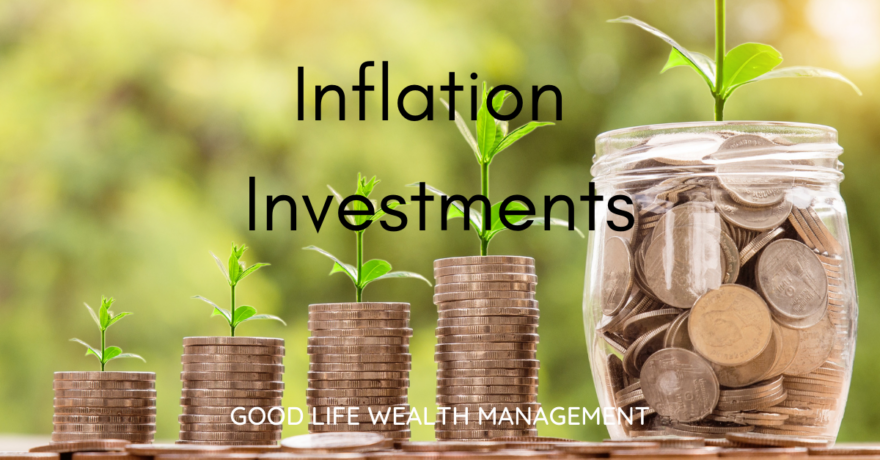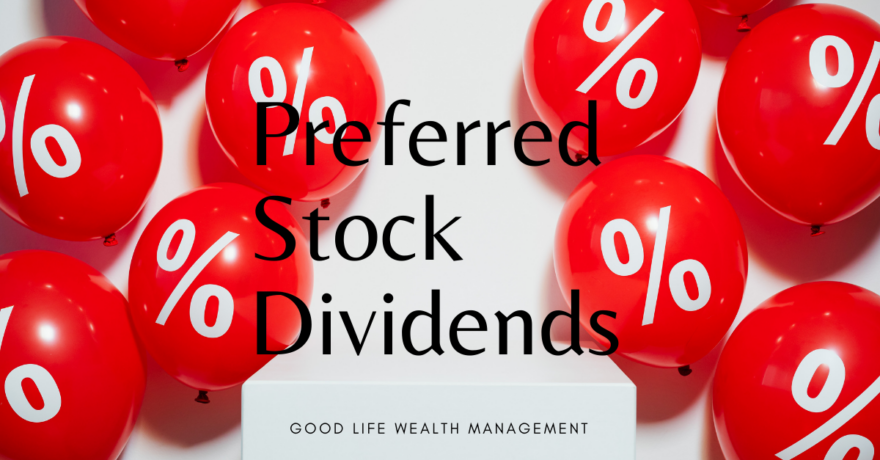Under the current proposals in Washington, the Backdoor Roth is going away. If approved, investors would not be allowed to convert any after-tax money in IRAs to a Roth IRA as of January 1, 2022. This would eliminate the Backdoor Roth strategy and also kill the “Mega-Backdoor Roth” used by funding after-tax contributions to a 401(k) plan.
We have been big fans of the Backdoor Roth IRA and have used the strategy for a number of clients. We will discuss what to do if the Backdoor Roth does indeed go away. But first, here’s some background on Roth IRAs.
The Backdoor Roth Strategy
There are two ways to get money into a Roth: through making a contribution or by doing a conversion. Contributions are limited to $6,000 a year, or $7,000 if you are 50 or older. For Roth IRAs, there are also income limits on who can contribute. For 2021, you can make a full Roth contribution if your Modified Adjusted Gross Income is below $125,000 (single) or $198,000 (married).
If your income is above these levels, the Backdoor Roth may be an option. Let’s say you made too much to contribute to a Roth. You could still make an after-tax contribution to a Traditional IRA and then convert it to your Roth. You would owe taxes on any gains. But, if you put in $6,000, after-tax, and immediately converted it, there would be zero gains. And zero taxes. Yeah, it’s a loophole to get around the income restrictions. But the IRS determined that it was legal and people have been doing it for years.
This change won’t happen until January 1. So, you can still complete a Backdoor Roth now through the end of the year. I have some clients who wait until April to do their IRAs, but this year, you had better do the Backdoor by December 31. If you are eligible for the Backdoor, you should do it. Why would you not put $6,000 into an account that will grow Tax-Free for the rest of your life? Couples could do $12,000 or up to $14,000 if they’re over 50.
Instead of the Backdoor Roth…
Your 401(k) Plan may offer a Roth option. Many people are not maximizing their 401(k) contributions. You can contribute $19,500 to your 401(k), or $26,000 if over 50. Let’s say you are currently contributing $12,000 to your 401(k) and $6,000 to a Backdoor Roth. Change that to $12,000 to your Traditional 401(k) and $6,000 to your Roth 401(k). You can split up your $19,500 in contributions however you want between the Traditional and Roth buckets. I often find that with couples that there is room to increase contributions for one or both spouses.
Self-employed? Me, too. I do a Self-Employed 401(k) through TD Ameritrade. Through my plan, I can also make Traditional and Roth Contributions. And I can do Profit-Sharing contributions on top of the $19,500. It’s better than a SEP-IRA, and there is no annual fee. I can set up a Self-Employed 401(k) for you, too.
What if you have both W-2 and Self-Employment Income? In this case, you can maximize your 401(k) at your W-2 job and then contribute to a SEP for your self-employment. Contact me for details.
Health Savings Accounts. HSAs are the only account where you get both an upfront tax-deduction and the money grows tax-free for qualified expenses. And there’s no income limit on an HSA. As long as you are participating in an HSA-compatible high deductible plan, you are eligible. If you are in the plan for all 12 months, you can contribute $3,600 (individual) or $7,200 (family) to an HSA this year.
529 Plans. You want to grow investments tax-free with no income limits and very high contribution limits? Well, that sounds like a 529 College Savings Plan. If your kids, grand-kids, or even great-grand-kids will go to college, you could be growing that money tax-free. They don’t even have to be born yet, you can change the beneficiary later. We can use 529 plans like an inter-generational educational trust that also grows tax-free. And 529s will pass outside of your Estate, if you are also following the current proposals to cut the Estate Tax Exemption from $11.7 million to $5 million.
ETFs in a Taxable Account. Exchange Traded Funds (ETFs) are very tax-efficient. Hold for over a year and you could qualify for long-term capital gains treatment. Today, long-term capital gains taxes are 15%, whereas your traditional IRA or 401(k) money will be taxed as ordinary income when withdrawn, which is 22% to 37% for most of my clients. Some clients will drop to the 12% tax bracket in retirement, which means their long-term capital gains rate will be 0%. A married couple can have taxable income of up to $81,050 and pay zero long-term capital gains! (Taxable income is after deductions. If a couple is taking the standard deduction of $25,100, that means they could have gross income of up to $106,150 and be paying zero capital gains.)
Tax-Deferred Annuity. Instead of holding bonds in a taxable account and paying taxes annually, consider a Fixed Annuity. Today, I saw the rates on 5-year annuities are back to 3%. An annuity will defer the payment of interest until withdrawn. There are no RMDs on Annuities, so you could defer these gains for a long-time, potentially. And if you are in a high tax bracket now, you could hold off on taking your interest until you are in a lower bracket in retirement.
Save on Taxes
If Congress does away with the Backdoor Roth, we will let you know. There are a lot of moving parts in this 2,400 page bill and some will change. Whatever happens, my job will remain to help investors achieve their goals. We invest for growth, but we know that it is the after-tax returns that matter most. So, my job remains to help you find the most efficient and effective methods to keep more of your investment return.













